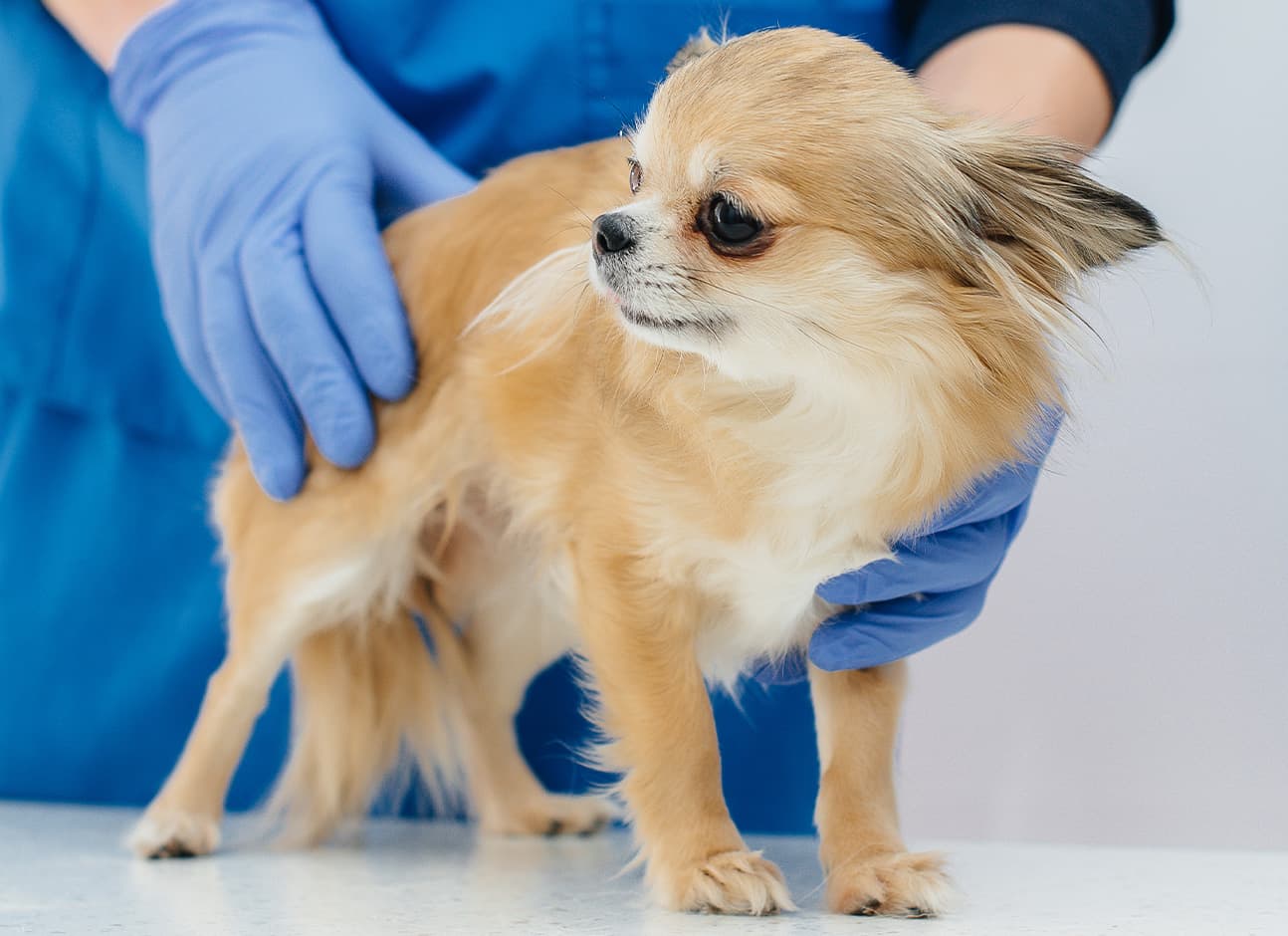Pancreatitis is essentially the inflammation of the pancreas. It is a dangerous disorder made more so by the fact that its warning signs are not that clear and can be easily mistaken for something trivial. The pancreas is a vital internal organ responsible for the synthesis and secretion of a number of hormones and enzymes that help in the digestion of food. However, in the case of pancreatitis, these enzymes digest the pancreas instead which causes unbearable pain to your dog.
Although the exact cause of pancreatitis remains unknown, it occurs due to the premature activation of the digestive enzymes which causes them to begin digesting the pancreas itself. Foods with a high fat content that are sometimes obtained from the trash can put your dog at a serious risk of developing the disorder. Some of the common signs of pancreatitis in dogs include nausea, weakness, fever, abdominal pain, diarrhea, hunched back, and a loss of appetite. Dogs may also assume a ‘praying’ position with their rear end held high, crouching on their elbows against the ground. This is usually a response to the extreme pain that they experience during pancreatitis. Due to the dubious nature of its symptoms, it is important to be aware and informed of pancreatitis in dogs well in advance.
While there is no specific treatment or medication for pancreatitis in dogs, there are a series of therapeutic measures that your veterinarian takes to set your pet on the road to recovery. Management of pain and vomiting, round the clock monitoring, feeding smaller low-fat meals frequently, fasting (resting the pancreas for 24 hours by retaining food and water), and intravenous (IV) fluid therapy in the case of severe pancreatitis, are some of the ways to treat and manage the condition in your dog.
Avoid giving your dog human foods, especially those high in fat content. Obtaining veterinary advice and guidance can help you reduce the chances of your dog developing pancreatitis.
